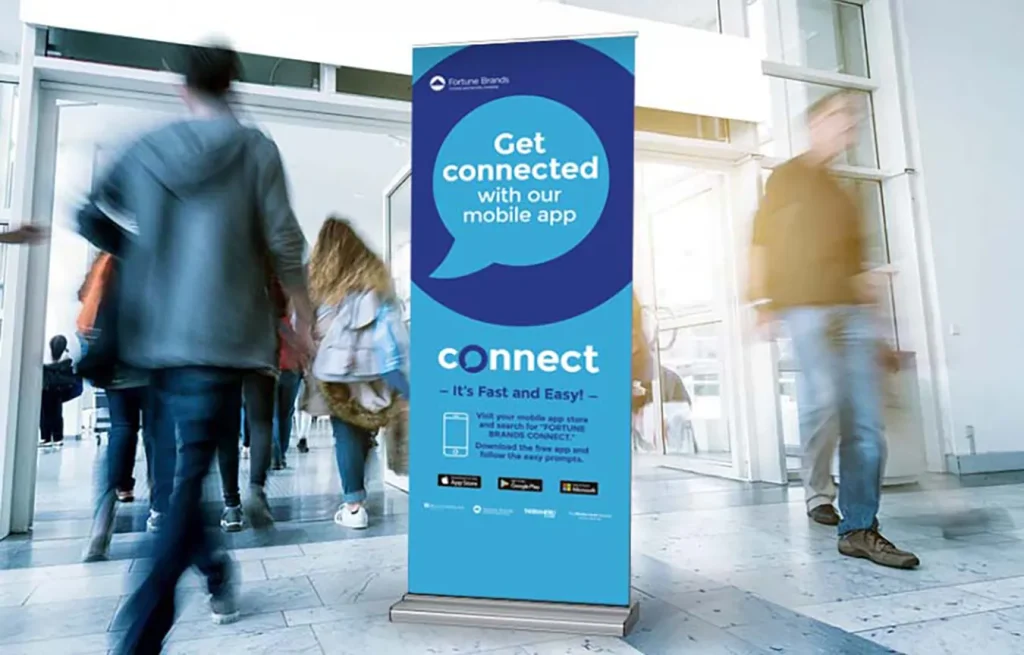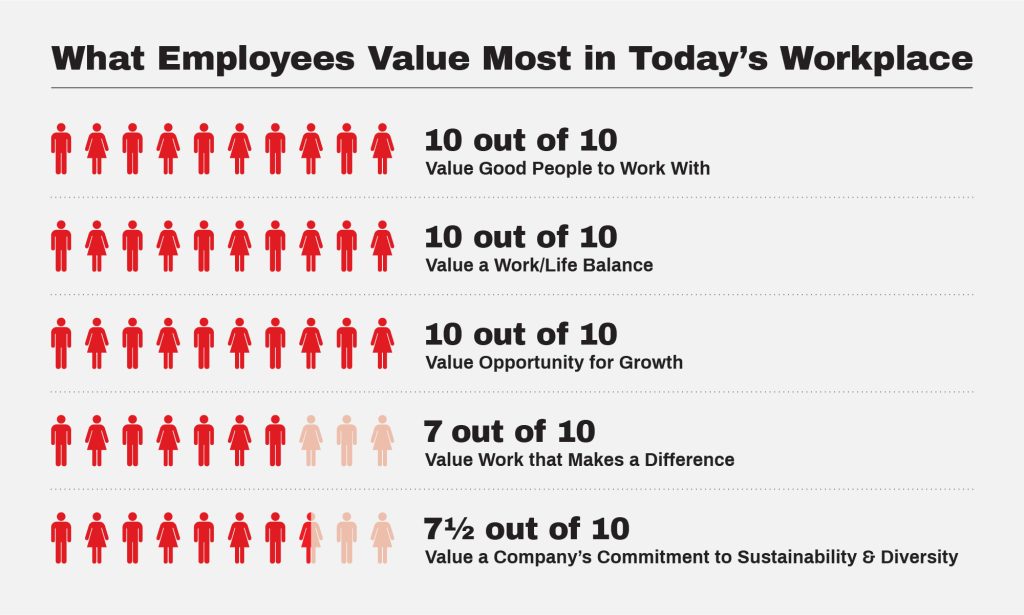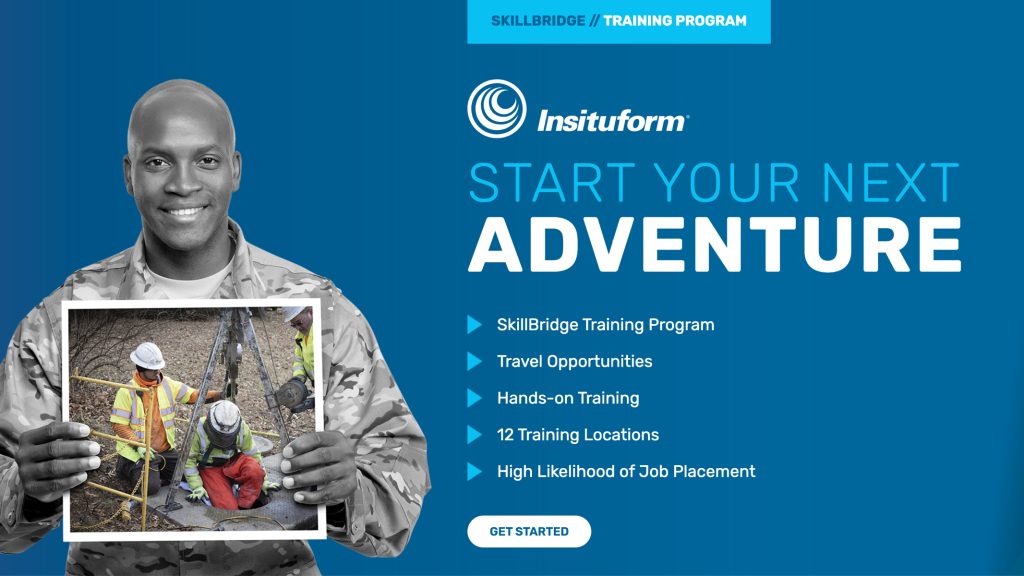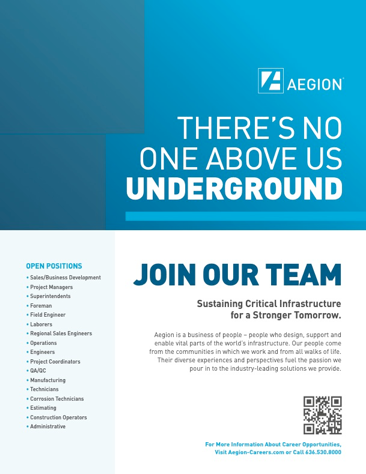This article addresses strategies and ideas for employee retention strategies and employee recruitment strategies. These strategies are more important than ever in today’s business climate. Some 55% of people in the workforce said they are likely to look for a new job in the next 12 months according to Bankrate’s jobseeker survey.
No wonder so many companies, manufacturers, and service firms alike are not able to meet the demands of their customers these days. Ultimately, all of this job hopping has a detrimental effect on the bottom line.
The Costs and Benefits of Employee Retention
What is employee retention and why is it important? Employee retention, or keeping current employees on the job, can have a big economic impact on a company. According to Forbes, Employee Benefits News reported that turnover can cost employers 33 percent of an employee’s annual salary to hire a replacement.
To put a dollar amount on it, if the employee earned a median salary of $45,000 a year, this would cost the company $15,000 to recruit a new employee for that role — on top of the annual $45,000.
It only stands to reason that employee engagement and retention makes sense and saves money. A successful business needs consistency in all aspects, employees included. Having a high employee retention rate means keeping staff members long-term, resulting in less time and resources required for training new staff while maintaining the loyalty needed to run a successful business.
So, if it makes sense to retain employees while focusing on employee recruitment, then what steps can your organization take to maximize both?
Three Strategies for Employee Retention
1. Communicate. Communicate. Communicate.
This is Rule Number One because nothing else makes employees feel more isolated than feeling like they are not in the loop. Today’s worker needs this more than ever. It’s a feeling of being connected… even constantly connected… that gives more meaning and purpose not only in their personal lives… but professionally as well.
Chalk it up to social media, the news, or the Internet in general… but it’s a reality. Not regularly communicating with employees is akin to leaving them with the feeling you have when you can’t find your smartphone.
2. Have a Purpose and Share It.
Emerson, a company focused on automation technologies and commercial and residential solutions, unveiled a cultural shift that was defined by a new purpose: “We drive innovation that makes the world healthier, safer, smarter, and more sustainable.” Getting the word out to its 83,000-plus employees was no small feat.
To help share the new company purpose, Obata designed and managed the fabrication of an employee recognition award, marquee posters, and two versions of a nearly seven-foot standalone monument that stands throughout Emerson locations worldwide as a symbol of Emerson’s commitment to this new purpose.
3. Provide Opportunity.
While there are many people out there who simply want to clock in and clock out, there is an inherent desire for many to grow, learn, and feel that there is a path to progress within an organization.
A company that offers a path to develop professionally, no matter the starting position, not only will benefit from happier, more productive employees but also benefit from keeping those employees around longer.
Offering continuation education courses or tuition reimbursement for job-enhancing learning are perfect examples of ways of improving employee recruitment and retention.
Four Employee Recruiting Ideas
1. Keep active on social media.
This may seem trite and tedious to some companies, particularly business-to-business firms, but it is important to maintaining a steady and constant flow of communication. Plus, it makes it appear as if you care while sending the message externally that things are happening at your company.
Social media platforms such as Facebook, LinkedIn, and Instagram provide ways to increase recruitment and employee engagement.
2. Develop an app to share internal communications or news.
The Connect App, developed by Fortune Brands and promoted by Obata, offers the company an opportunity to stay in touch with employees via a conduit they constantly have in front of them… their mobile phone or device. And they didn’t stop there: Fortune Brands and Obata understood the importance of promoting the app internally to encourage adoption and use with the proper name, logo, and promotional support materials.

3. Visibility of leadership.
Why is it that company leaders Elon Musk and Tim Cook seem to be household words? Well, ok, they are associated with Tesla and Apple of course. But on a deeper level, it’s because they are constantly out in front of not just the news media, but their employees.
This sort of visibility, although at times negative, more often than not offers the benefits of generating an appearance of ongoing activity and excitement throughout a company. Who doesn’t want to work for a company that is in the news and talking about making a difference in the world?
Corporate videos, or social media shares and posts by leadership… carefully crafted by communications experts, can convey how much a leader cares about their company, their industry, and their employees.
4. Create a compelling recruiting campaign that resonates with today’s employees.
A research study conducted by OBATA for a life sciences company showed that what current employees considered most important in their jobs included work-life balance, opportunity for advancement, having good people to work with, meaningful work that makes a difference, and a commitment to diversity and sustainability by their employer. Being in tune with what employees value can impact the success of employee retention strategies and recruiting.

Obata also created a recruiting campaign for Insituform and its parent company, Aegion. Both emphasize the benefits of joining the company and highlight open positions. The Insituform campaign specifically focuses on military veterans with unique training programs to leverage and build on skills acquired while serving in the military.

What should a company focus on first: employee retention strategies or employee recruitment strategies?
While the long answer to this question may depend on several variables such as current employee turnover rates, the economy, or company revenues, the short answer is “both”. A company should focus on keeping high performers while actively recruiting in order to have access to a pool of potential candidates. Which receives the most attention or resources at any given time is dependent upon the variables mentioned above.
But keep in mind the point that was made at the beginning of this article… it can cost a company 33 percent of an employee’s salary to replace that employee. So keeping current employees makes economic sense as long as they are productive and have bought into the company’s values and mission. But it also pays to keep an eye out for new talent that can bring new ideas and perspectives to your company.

